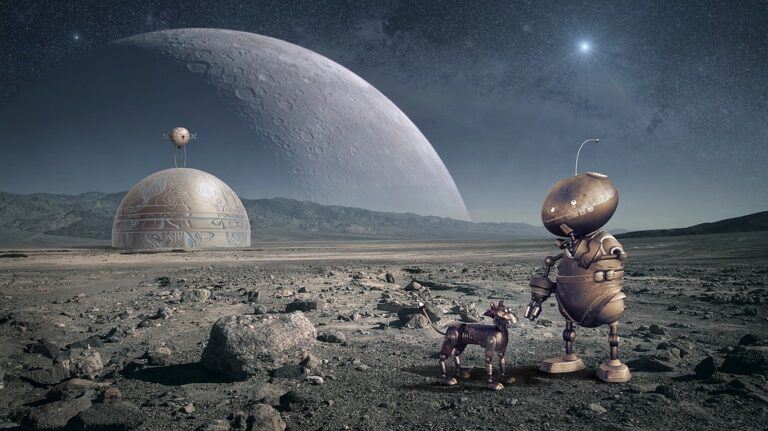With how popular the word “moon” is among cryptocurrency enthusiasts, you would think that someone would have come up with a moon-based crypto project a long time ago.
There have been a few small novelty projects that played on the “moon meme” in crypto, but none that actually promised to tokenize the moon, until now that is. Over the weekend, a new blockchain startup called Diana launched to commemorate the July 20 anniversary of the Apollo 11 Moon landing.
Diana is an ambitious blockchain project that promises to establish a “lunar registry” that will put plots of space on the lunar surface in an ownership database. Diana’s developers say that they will be dividing the moon up into 3,874,204,892 cells that will be mapped out on a blockchain.
The Diana blockchain will also work as a Decentralized Autonomous Organization (DAO) that could help manage responsibilities on the moon.
According to the whitepaper:
“Although the UN Outer Space Treaty, ratified in 1967, prohibits the ownership of the Moonor celestial bodies by a nation, it says nothing about private ownership. This does not preclude the interpretation that private entities such as civil enterprises could exercise property rights over extra-terrestrial resources.”
The team has laid out many of the details about how the blockchain will work, including the fact that registration costs will increase as more tokens are sold, and that 50% of the tokens will be made publicly available, with less than 2% being reserved for the founders and development team. The remaining funds will act as a reserve.
The idea behind the DAO is to help organize the inevitable disputes for ownership that will arise on places like the moon as humans venture deeper into space for longer periods of time.
In a press release, a Diana representative said:
“Blockchain-based registration service will revolutionize the current land transactions and records through transparent and reliable rights guarantees. The Diana project will be a great opportunity for the Moon to be a daily interest and to promote peaceful possession of the Moon, the common heritage of mankind, for the first time.”









